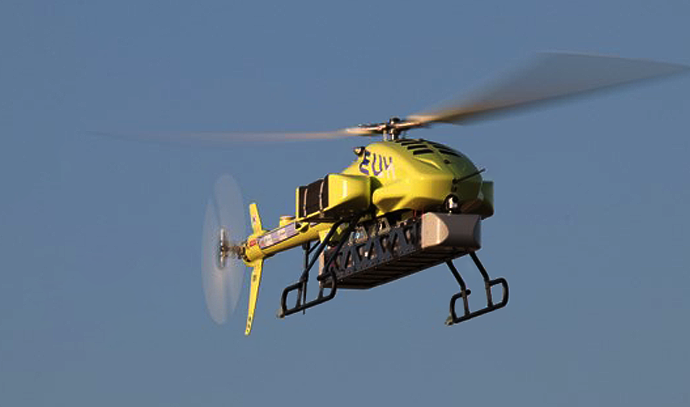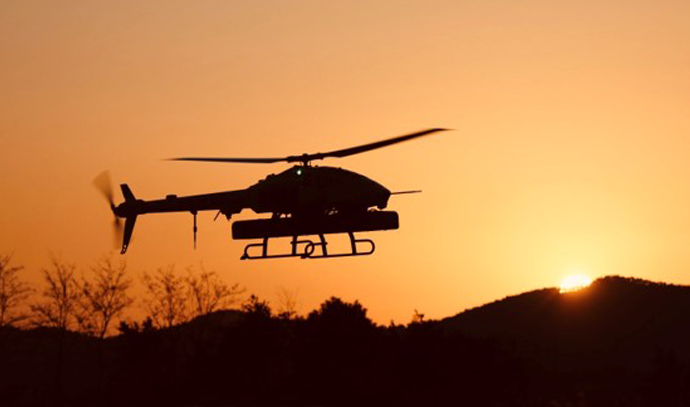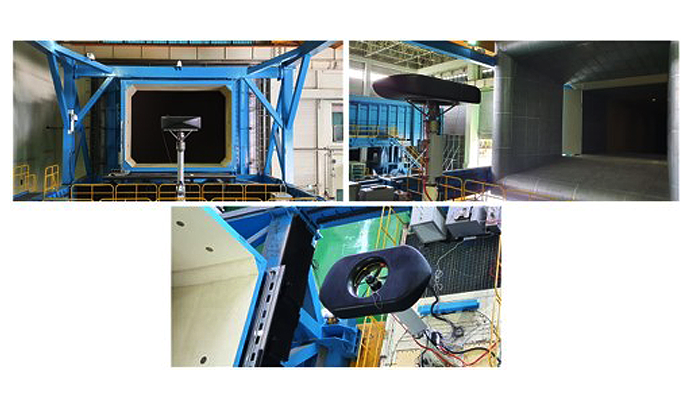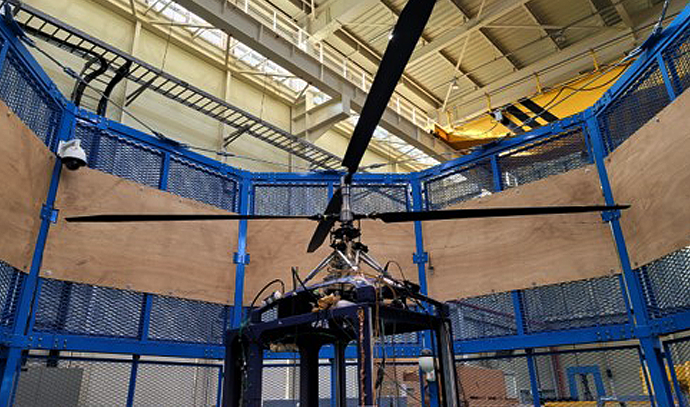

In the field of unmanned helicopters, KARI has secured core technologies through the development of a standard platform for multi-purpose unmanned helicopters. These include the development and testing of the main rotor and tail systems, flight dynamics models, fundamental technologies for full-airframe performance, load, and structural analysis. The technologies developed through this program are expected to be applied to various unmanned helicopters used for applications such as surveillance and reconnaissance, communication relays, and logistics transport, where both civilian and military demand is anticipated to grow.
KARI developed a fully electric unmanned helicopter with a 20 kg payload capacity for eco-friendly urban air mobility logistics. This effort included designing and integrating a battery-powered propulsion system, replacing conventional fossil fuels, and developing key technologies, such as power and battery management systems. By using clean electric energy sources, this platform not only establishes essential technologies for drone-based delivery services for islands and cities but also supports research into expanding logistics delivery capabilities through hybrid engine applications.
In the defense sector, KARI has secured critical design and analysis technologies for ducted-fan systems, a core component of high-speed compound rotary-wing aircraft. Through the Defense Acquisition Program Administration (DAPA)’s leading-edge core technology initiative titled “Development of High-Thrust Ducted Fan System for Compound Rotorcraft,” KARI has developed key technologies for future high-speed rotary-wing platforms.
KARI is also developing a coaxial rotor unmanned helicopter powered by a hydrogen fuel cell, which is emerging as a high-efficiency, eco-friendly energy source. Originally used in automobiles, the hydrogen fuel cell has been optimized for aerospace use by improving its efficiency and reducing its weight. The aircraft is sized to match the 30 kW-class continuous output of the fuel cell and features a coaxial rotor configuration that allows for compact structure and high thrust. KARI has designed and manufactured high-thrust rotors optimized for hover efficiency and has secured design, analysis, and testing technologies for the control and power transmission systems—key technologies in coaxial rotorcraft. The hydrogen fuel cell and power management system will be integrated for upcoming flight tests.




